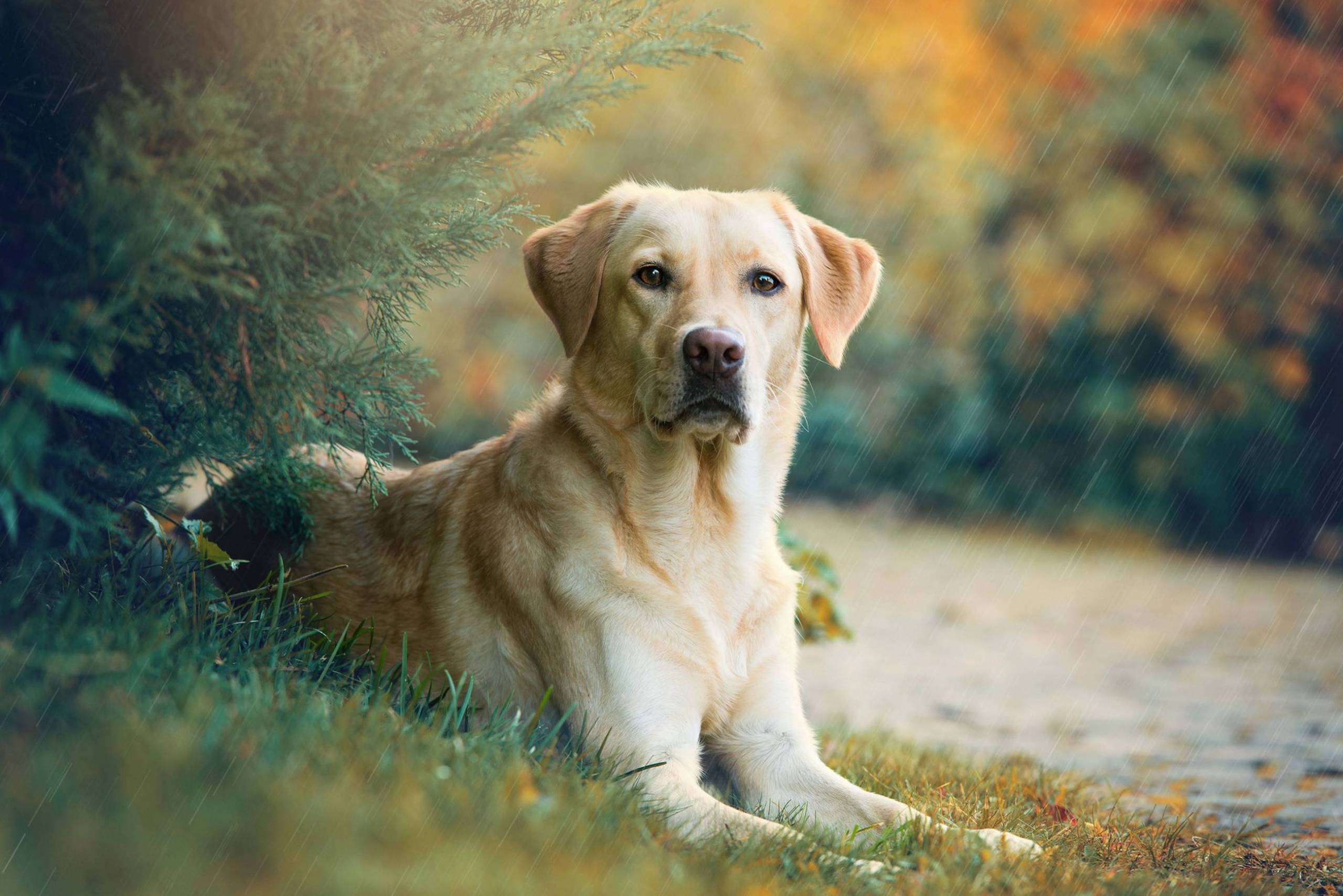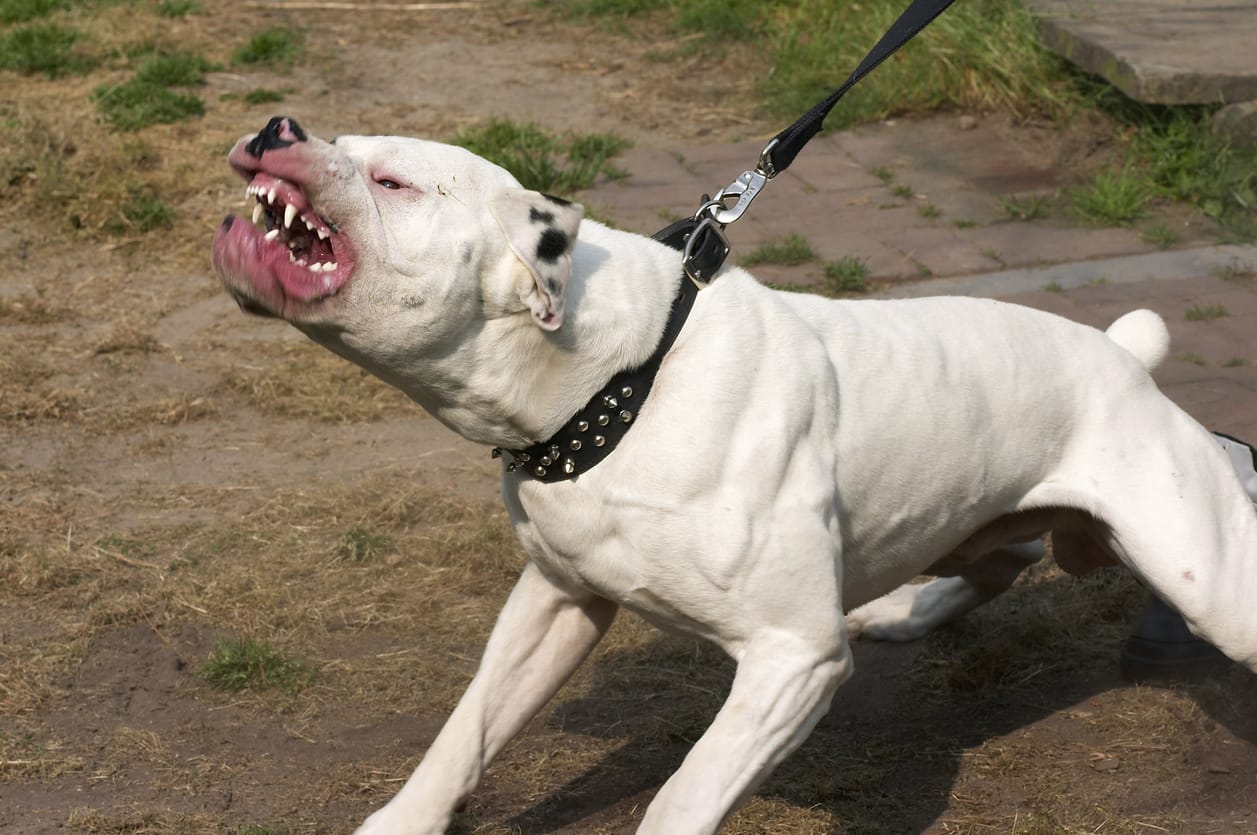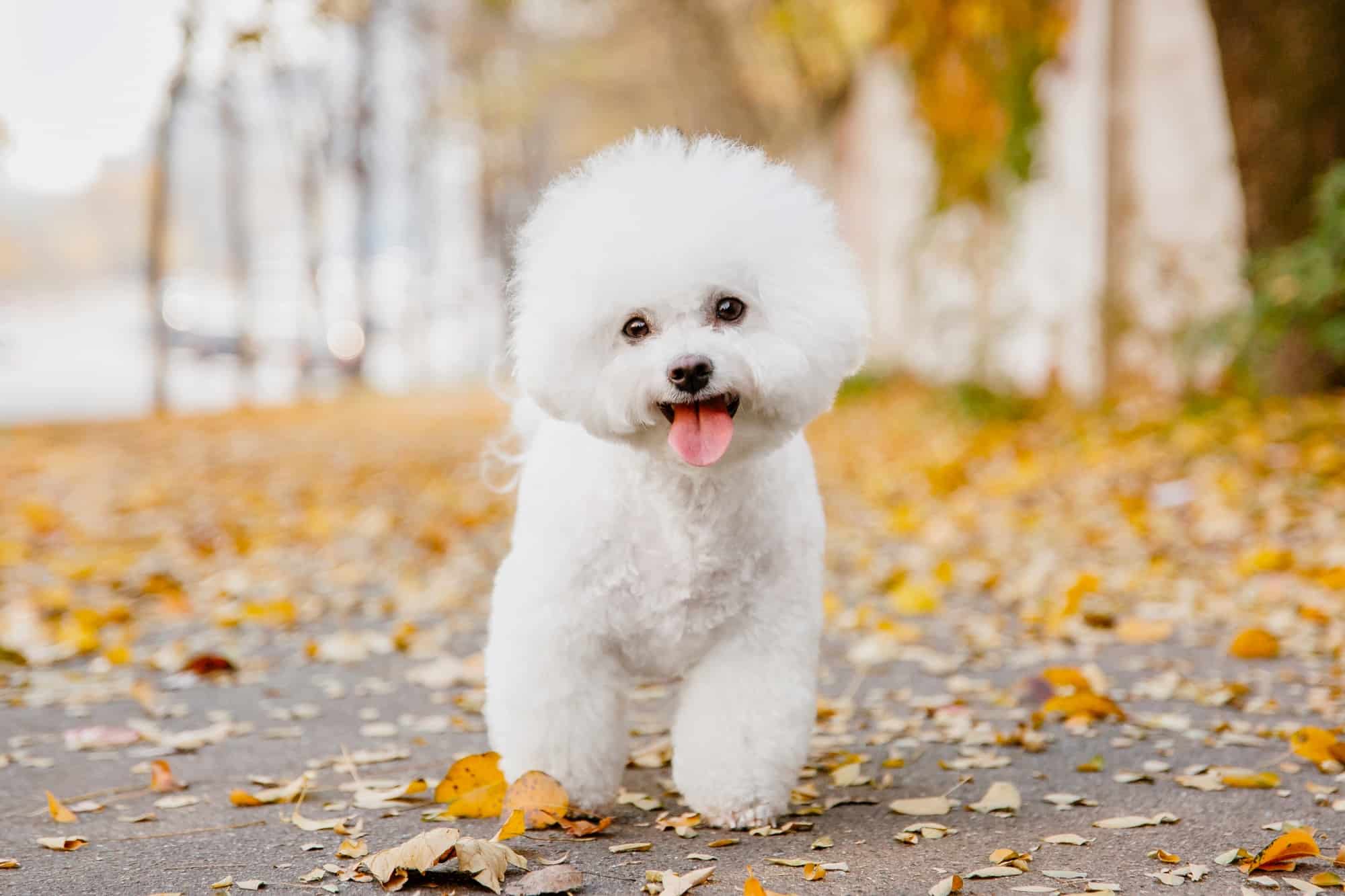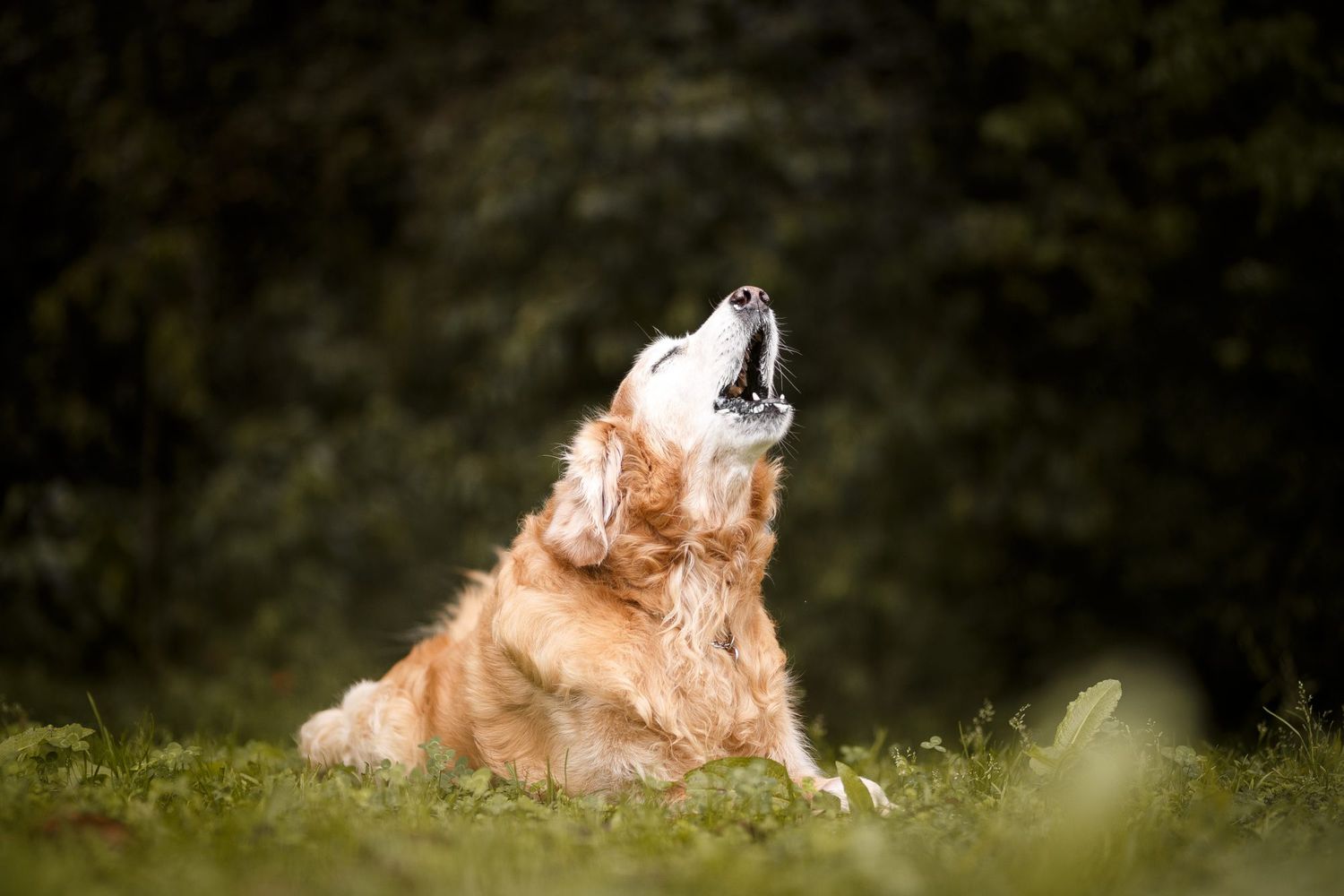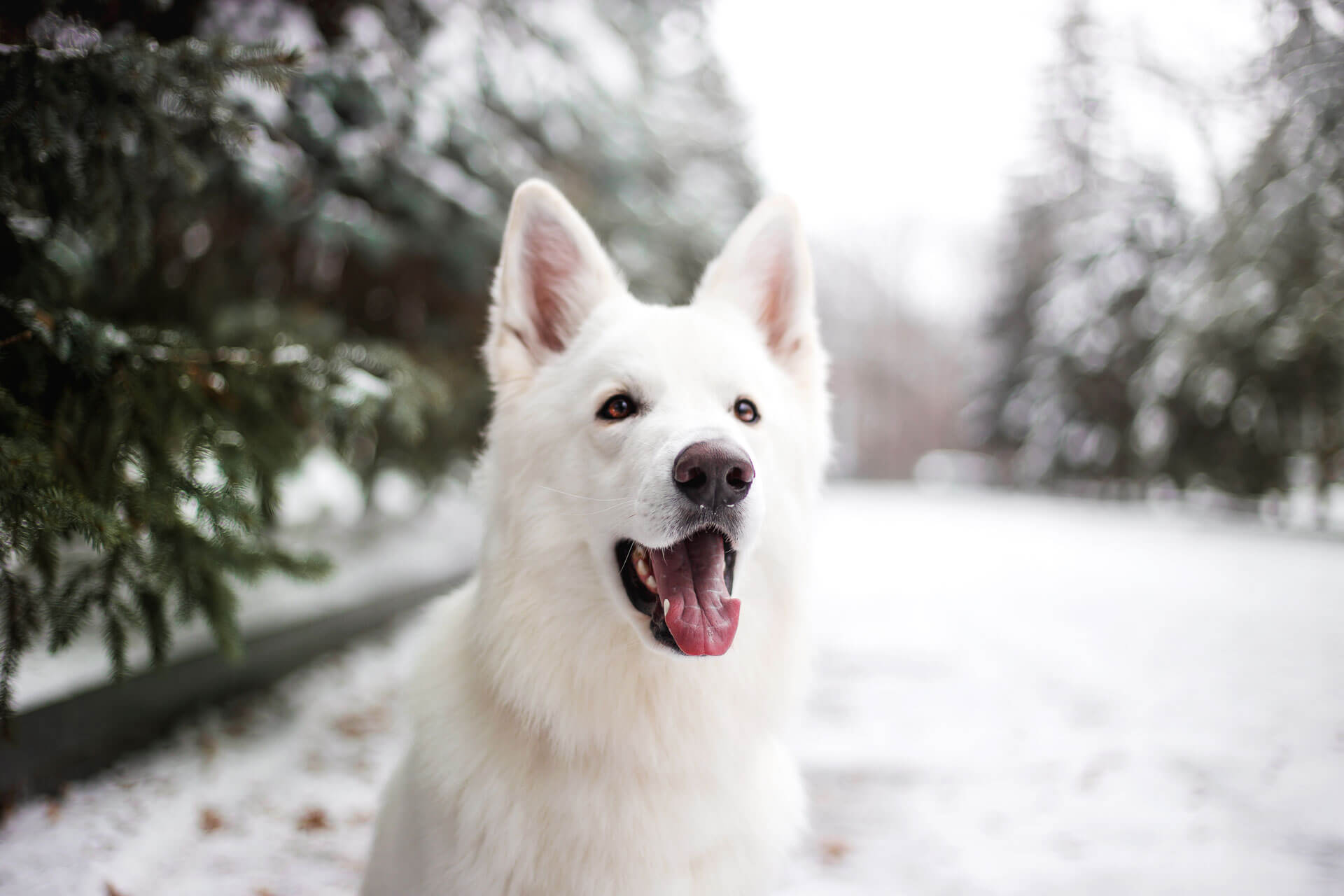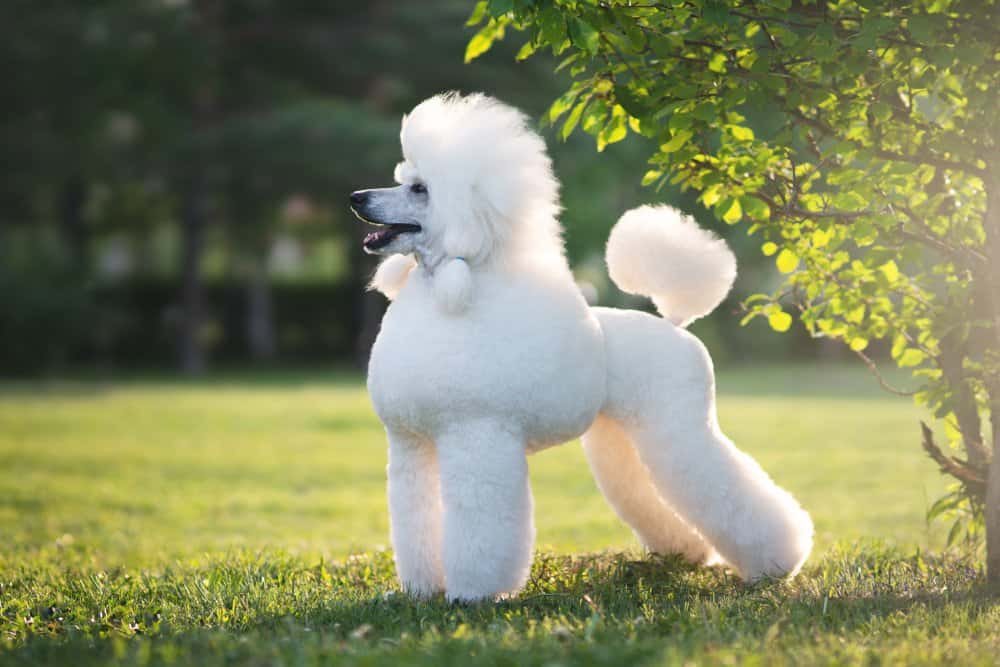Retriever dogs are a group of breeds that were developed for their exceptional abilities in working closely with humans. They are known for being smart, athletic, and sweet-tempered, with a soft mouth or gentle bite that is indicative of their retrieving nature.
Retrievers are trained to be obedient, responsive, and eager to please, making them excellent family pets. The American Kennel Club recognizes six retriever breeds in the Sporting Group, including the Chesapeake Bay Retriever, Curly-Coated Retriever, Flat-Coated Retriever, Golden Retriever, Labrador Retriever, and Nova Scotia Duck Tolling Retriever.
You are reading: 6 Types Of Retriever Dogs
In addition to these breeds, there are other dogs with retrieving skills. This article will provide an introduction to the different types of retriever dogs, their characteristics, and their history.
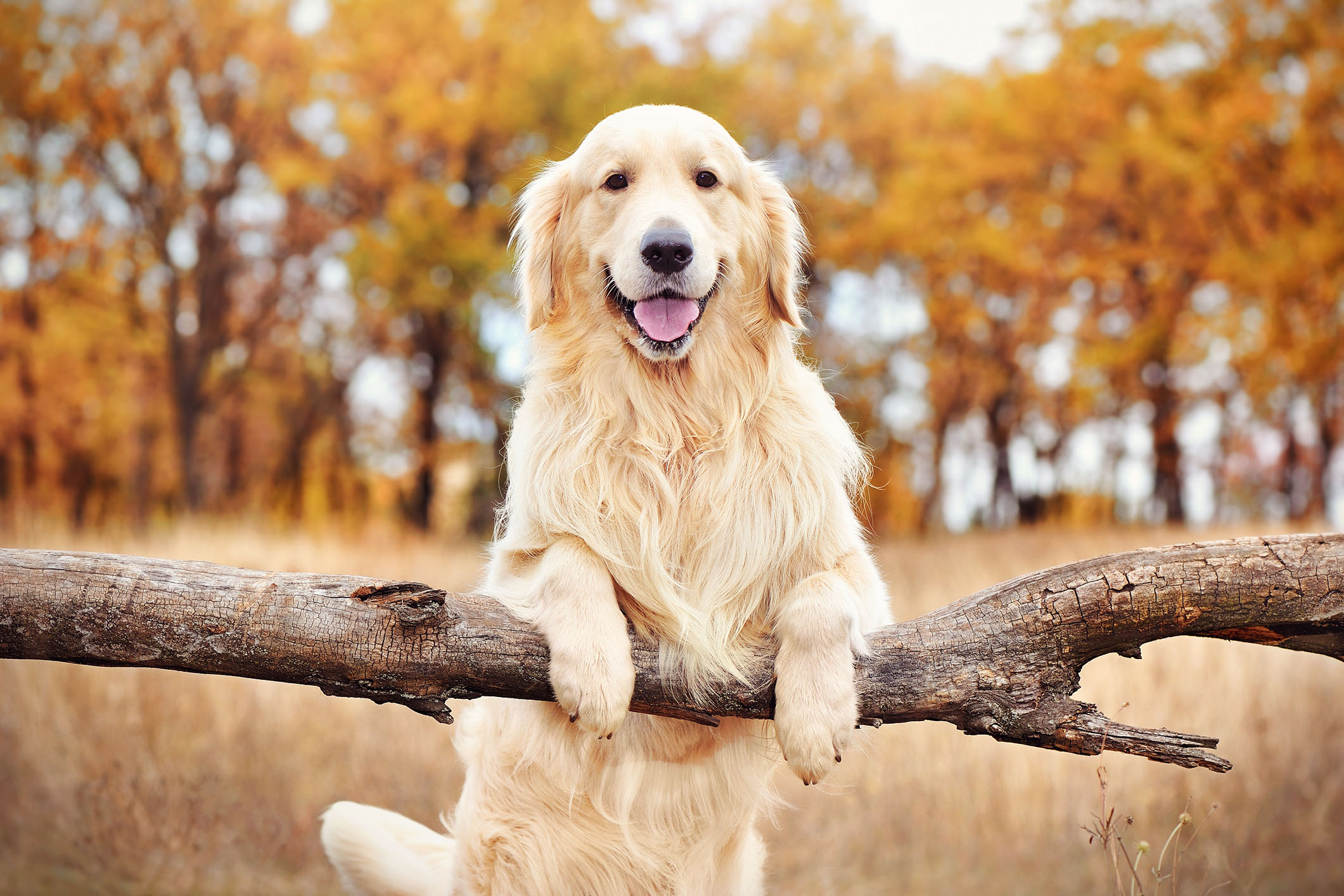
6 Types Of Retriever Dogs
Chesapeake Bay Retriever
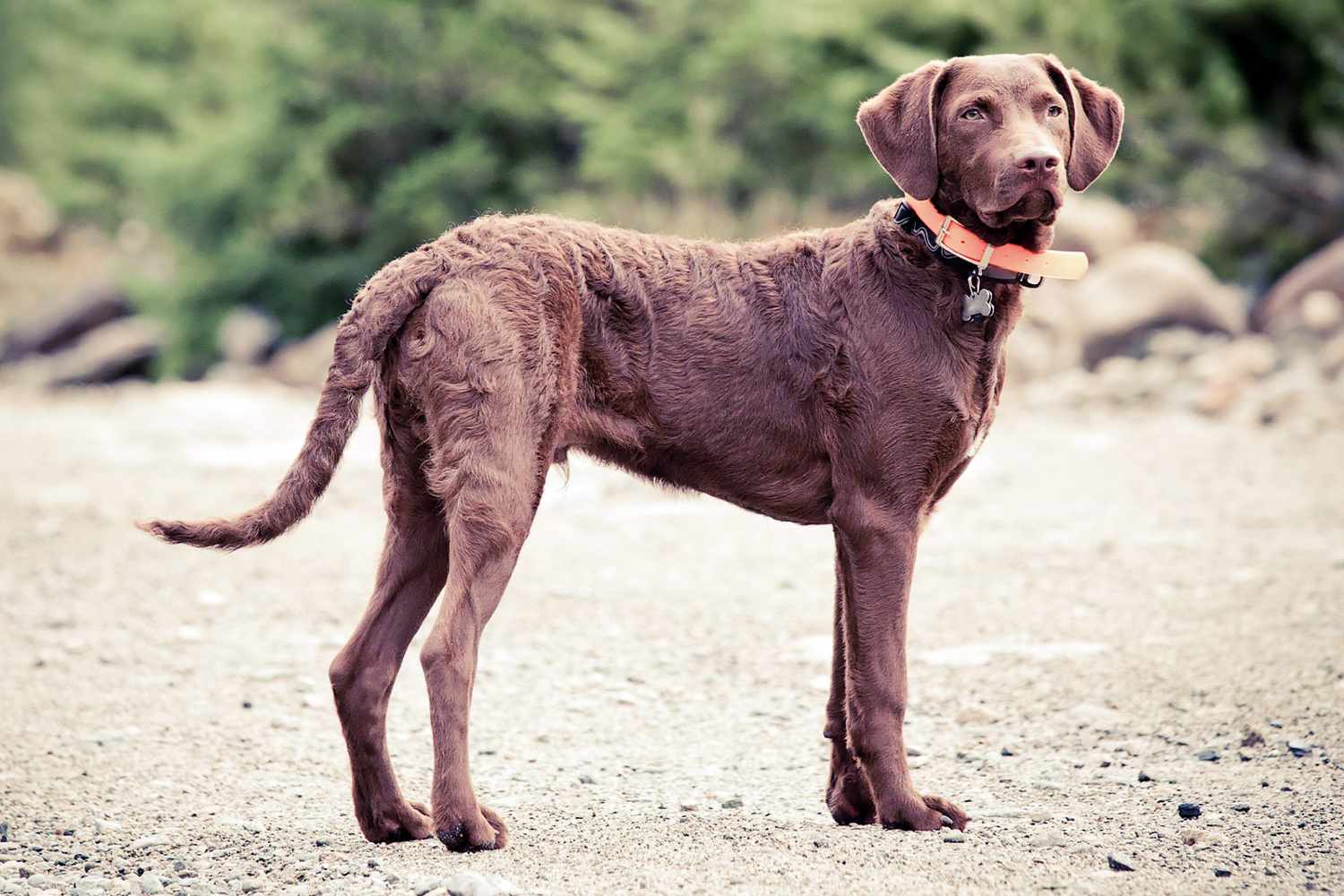
The Chesapeake Bay Retriever, also known as the Chessie, is a large and versatile breed that belongs to the retriever, gundog, and sporting breed groups. This intelligent and high-energy dog was developed in the United States Chesapeake Bay area during the 19th century and remains true to its roots as a hunting dog of great stamina and ability.
Here are some key characteristics and facts about the Chesapeake Bay Retriever:
– Appearance: The Chessie is a powerful and muscular dog with a broad head, medium stop, and a muzzle about the same length as the skull, tapering but not pointed. It has a water-resistant, double coat, with a short and wavy outer coat and a fine and wooly undercoat that contains natural oils to help repel water.
– Size: This breed is medium to large-sized, standing 21-26 inches tall and weighing between 60-80 pounds.
– History: The Chesapeake Bay Retriever’s history can be traced back to two pups, Sailor and Canton, who were rescued from a foundering ship in Maryland in 1807. Although initially described as Newfoundland dogs, they were more accurately Lesser Newfoundland or St. John’s water dogs. These two dogs lived in different parts of the bay area, and there is no record of them producing a litter together.
– Temperament: Chessies are known for being adventurous, loyal, and playful, making them good companions for children. They are eager to please but can be oblivious to corrections, and they are more independent and protective than other retriever breeds. This breed is also aloof toward strangers but generally gets along well with other pets and dogs.
– Exercise and Training: Chesapeake Bay Retrievers are high-energy dogs that require plenty of exercise and mental stimulation. They love activities such as hiking, running, hunting, and swimming. They are quick to learn but can be stubborn, so reward-based training involving food or retrieving works best for them.
– Hunting and Competitions: The Chessie’s exceptional hunting and retrieving abilities make it a popular choice for field trials, hunt tests, and other competitions. They are particularly fond of swimming and retrieving, which are also favored methods of exercise for them. Many owners of Chesapeake Bay Retrievers enjoy hunting with them or competing in field events.
Curly-Coated Retriever
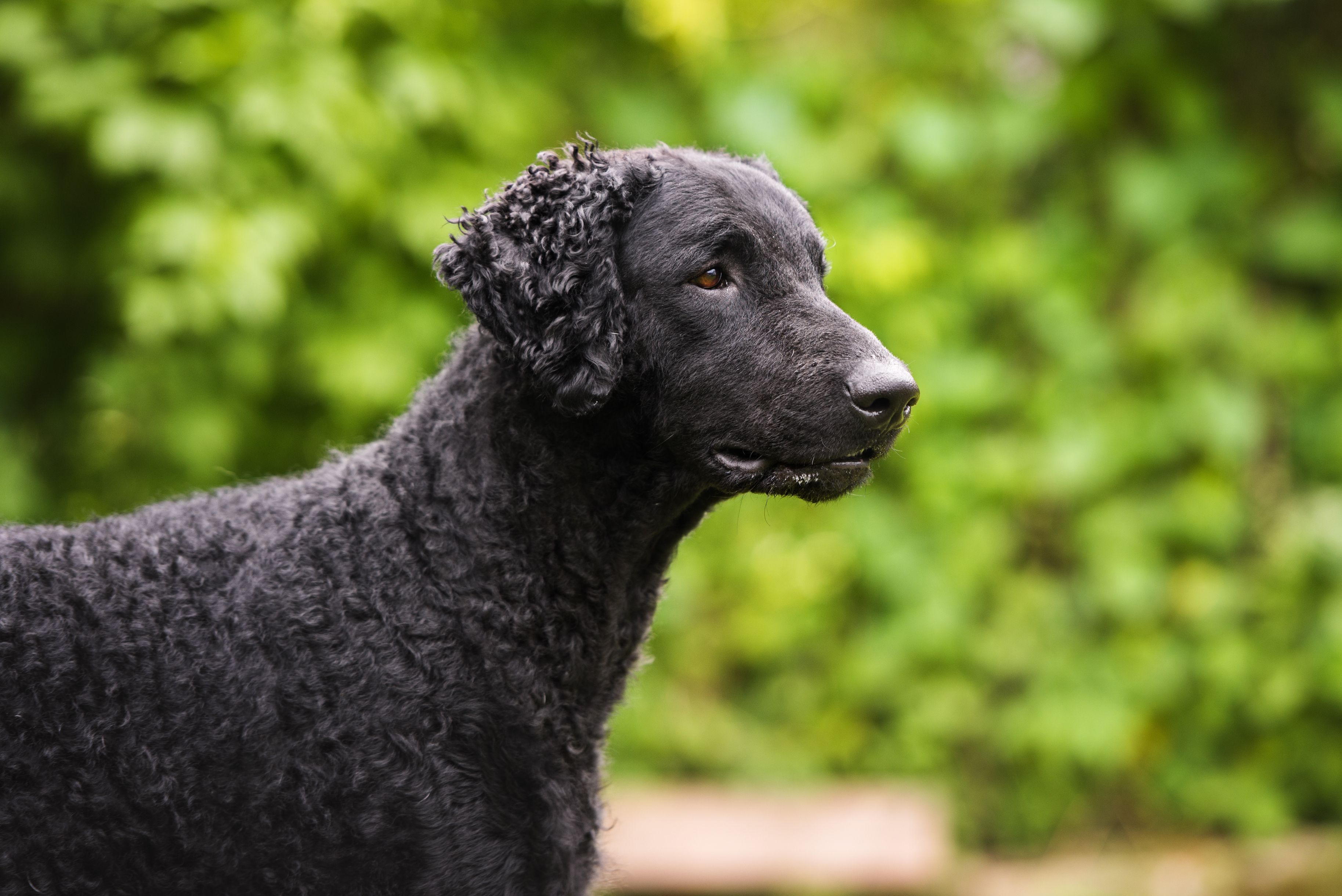
The Curly-Coated Retriever, also known as the Curly, is a unique and versatile breed that originated in England for upland bird and waterfowl hunting. Here are some key characteristics and facts about the Curly-Coated Retriever:
– Appearance: The Curly is the tallest of the retrievers and is easily distinguishable by the mass of tight curls covering its body. It has a large-sized, sturdy, and elegant build, with a relatively easy-care coat that sheds only twice a year.
Read more : Can Pigs Eat Dog Food?
– History: The Curly-Coated Retriever is one of the oldest retriever breeds, likely being the first breed used for serious retrieving work in England. It was developed as a gamekeeper’s gun dog and remains a favorite of English gamekeepers, although its popularity has been overshadowed by the Labrador Retriever and Golden Retriever.
– Temperament: Curlies are known for their calm and steady disposition, making them excellent family pets. They are intelligent, affectionate, and highly energetic, requiring ample exercise and mental stimulation. With proper training, they can learn new skills easily due to their high level of intelligence.
– Exercise and Training: This breed needs plenty of activity and mental stimulation to be at its best. They are active dogs, and when on the hunt, they are eager and persistent, capable of going all day long. Curly-Coated Retrievers are highly trainable and prefer to spend time with their family rather than being alone outdoors.
– Popularity: The Curly-Coated Retriever is a rare breed compared to other common types of retrievers like the Labrador or Golden Retriever. However, its rarity does not reflect its suitability for life at home or in the field.
Flat-Coated Retriever
The Flat-Coated Retriever is a versatile and active breed that originated in England as a dual-purpose retriever of game on land and from water. Here are some key characteristics and facts about the Flat-Coated Retriever:
– Appearance: The Flat-Coated Retriever is a medium-sized sporting dog with a straight, moderately long coat that protects them from various weather conditions and ground cover. They have a distinctive flat-lying coat that comes in lustrous black or liver, with feathering at the legs and tail.
– Temperament: Flat-Coated Retrievers are known for their exuberant, confident, and outgoing nature. They are loving towards children, friendly to everyone, and extremely sociable. They thrive on attention and affection, making them excellent family pets.
– Exercise and Training: These retrievers require plenty of exercise and engagement to help channel their natural sporting energy. They are highly intelligent and have the ability to excel in various activities such as obedience, rally, tracking, and agility tests. Flat-Coated Retrievers are eager to please and work, making them trainable and versatile.
– Popularity: The Flat-Coated Retriever enjoys a modest popularity and is recognized for its conformation, health, multipurpose talent, and exceptional temperament. While their early popularity was eclipsed by that of the Golden and Labrador Retrievers, their fans appreciate the breed’s fun-loving yet hard-working nature. Flat-Coated Retrievers are still fairly rare today.
Golden Retriever
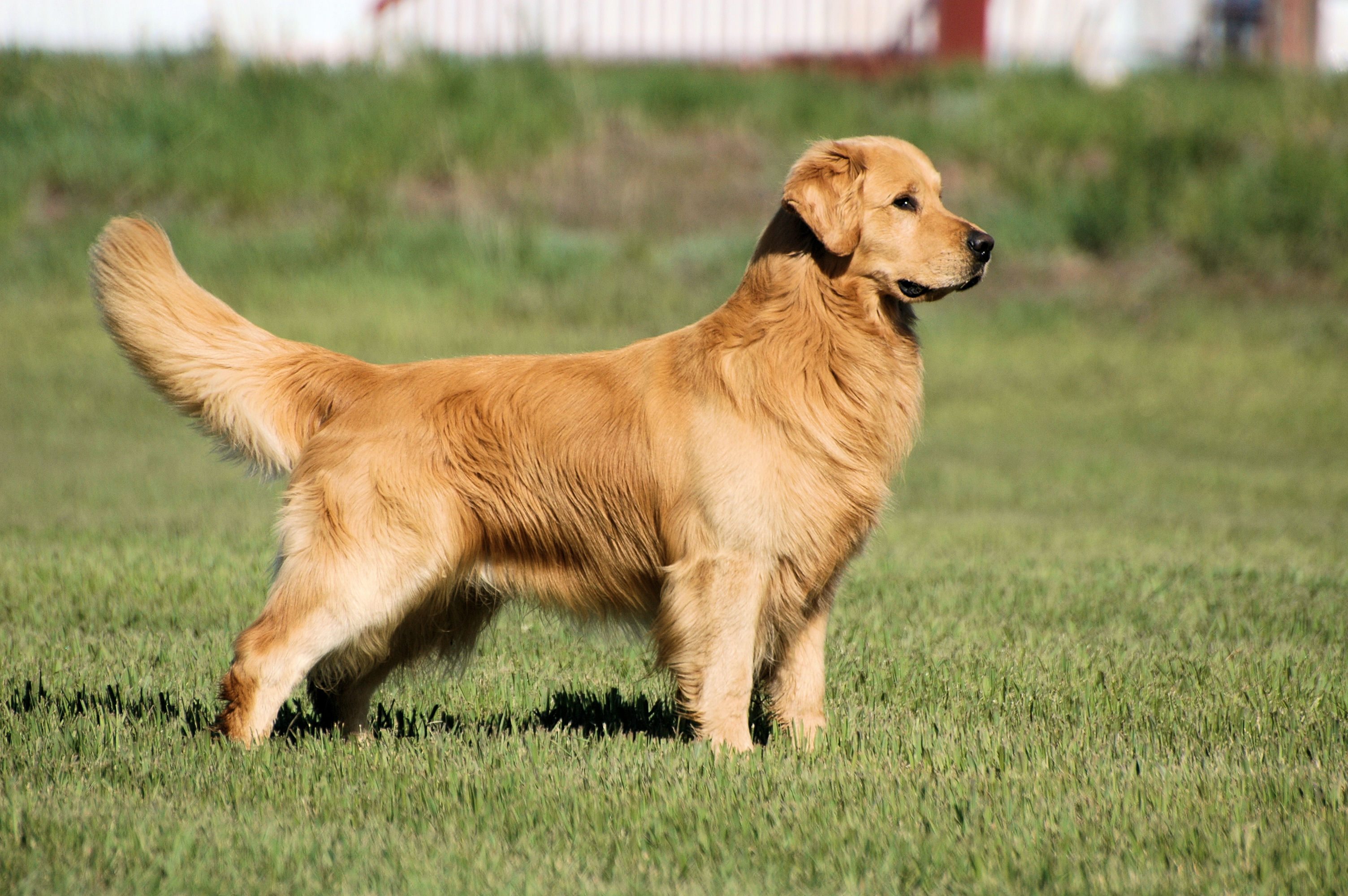
The Golden Retriever is a medium-sized Scottish breed of retriever dog that is known for its gentle and affectionate nature and striking golden coat. Here are some key characteristics and facts about the Golden Retriever:
– Temperament: The Golden Retriever is considered an intelligent, gentle-natured, and very affectionate breed of dog. They are generally calm and biddable, making them very easy to train and extremely keen to please their master. They are known to make excellent pets and family dogs, being generally extremely tolerant of children and keen to accompany any member of the family in a range of activities.
– Appearance: The Golden Retriever is a sturdy, medium-large sized dog with a broad skull and a straight, tapering muzzle. They have a well-defined stop and a nose that is black or brown, depending on the coat color. Their coat is thick and lustrous, and it can be any shade of golden brown.
– Exercise and Training: Golden Retrievers are highly trainable and eager to please, making them excellent candidates for obedience training and other dog sports. They are also natural athletes and do well in activities such as agility, tracking, and retrieving. They require plenty of exercise and mental stimulation to stay healthy and happy.
– Popularity: The Golden Retriever is one of the most commonly kept breeds of companion dog in the Western world. It is often among the top ten dog breeds by number of registrations in the United Kingdom, the United States, Australia, and Canada. The breed is a frequent competitor at dog shows, and separate show lines of the breed have been developed. Golden Retrievers can also be trained as guide dogs and therapy dogs.
– History: The Golden Retriever was first shown in England in 1908 and was registered with the American Kennel Club in 1925. The breed was developed by Lord Tweedmouth in the Scottish Highlands in the late 1800s by crossing the original yellow Flat-Coated Retriever with the now-extinct Tweed Water Spaniel. The Golden Retriever is one of the most popular breeds known today, not only as family companions but for obedience competitions, hunting and tracking, as a bird dog on both land and water, and as a search and rescue dog.
Labrador Retriever
Read more : 10 Types Of Aggressive Dogs
The Labrador Retriever, or simply Labrador, is a British breed of retriever gun dog that was developed in the United Kingdom from fishing dogs imported from the colony of Newfoundland. Here are some key characteristics and facts about the Labrador Retriever:
– Temperament: Labradors are known for their exceptional intelligence and gentle nature. They are friendly, outgoing, and high-spirited companions, which is why they are America’s most popular dog breed. They are not generally considered aggressive and have famously gentle and affectionate natures, making them a popular choice for families.
– Working Dogs: Labradors have a versatile nature and are used in various roles, including as retrievers for hunters, assistance dogs, show competitors, and search and rescue dogs. They are active, eager, and easy to train, which makes them reliable working dogs.
– Physical Characteristics: Labradors are medium to large-sized sporting dogs, weighing between 55 and 80 pounds on average. They have a short and smooth coat that can come in yellow, chocolate, or black. Labradors have a thick double coat, which helps protect them in cold weather and water.
– Family Pets: Labradors are highly affectionate toward people, including children, other pets, and even strangers. They love to play and are highly energetic throughout most of their lives, requiring at least two hours of exercise daily. Labradors are considered moderate barkers and are not known for digging in the yard. It is rare for a Labrador Retriever to show any sign of aggression.
Nova Scotia Duck Tolling Retriever
The Nova Scotia Duck Tolling Retriever, also known as the “Toller,” is a medium-sized gundog bred primarily for hunting. Tollers are intelligent, curious, alert, outgoing, and high-energy dogs. They are affectionate, eager to please, busy, and get along well with children, making them good family dogs. However, potential owners should be aware of the physical and mental commitment required to keep a Toller busy. Here are some key characteristics and facts about the Nova Scotia Duck Tolling Retriever:
– Appearance: The Toller is the smallest of the retrievers and is often mistaken for a small Golden Retriever. They possess a medium-length, water-repellent double coat that is red or orange in color. Tollers have a sturdy and athletic build, standing 17-21 inches tall at the shoulder and weighing 35-50 pounds.
– Temperament: Tollers are known for their intelligence, curiosity, and outgoing nature. They are affectionate, eager to please, and busy dogs that get along well with children. They are natural hunters and have a good nose and the instinct to find and retrieve birds. Tollers are also known for their ability to communicate with humans through their eyes, vocalizations, and body language.
– Exercise and Training: Tollers are bred to be working dogs and have a fanatical drive to work. They require plenty of exercise and mental stimulation to stay healthy and happy. Tollers are highly trainable and have the ability to excel in various activities such as obedience, tracking, and agility tests. They are also natural hunters and can be trained to retrieve birds.
– Popularity: The Nova Scotia Duck Tolling Retriever is a rare breed compared to other retrievers like the Labrador or Golden Retriever. However, they are recognized by the American Kennel Club and are a popular breed for hunting and as family pets.
– History: The Nova Scotia Duck Tolling Retriever breed traces its origins back to the Acadian community of Little River Harbour in Yarmouth County, Nova Scotia. Originally known as the Little River Duck Dog, it was officially recognized as a purebred dog by the Canadian Kennel Club in 1945. The Toller’s ancestry comprises a blend of retrievers, spaniels, setters, and potentially a farm collie.
FAQS
1. What are the six types of retriever dogs recognized by the American Kennel Club?
The six types of retriever dogs recognized by the American Kennel Club are the Chesapeake Bay Retriever, Curly-Coated Retriever, Flat-Coated Retriever, Golden Retriever, Labrador Retriever, and Nova Scotia Duck Tolling Retriever.
2. What are the characteristics of retriever dogs?
Retriever dogs are known for being smart, athletic, and sweet-tempered. They have a soft mouth or gentle bite, which is indicative of their retrieving nature. Retrievers are trained to be obedient, responsive, and eager to please, making them excellent family pets. They are also bred for physical toughness, as hunting fowl often happens in inclement weather, and the dogs may need to retrieve game from cold water.
3. What is the history of the Nova Scotia Duck Tolling Retriever?
The Nova Scotia Duck Tolling Retriever breed traces its origins back to the Acadian community of Little River Harbour in Yarmouth County, Nova Scotia. Originally known as the Little River Duck Dog, it was officially recognized as a purebred dog by the Canadian Kennel Club in 1945. The toller’s ancestry comprises a blend of retrievers, spaniels, setters, and potentially a farm collie.
4. What is the temperament of Labrador Retrievers?
Labradors are known for their exceptional intelligence and gentle nature. They are friendly, outgoing, and high-spirited companions, which is why they are America’s most popular dog breed. They are not generally considered aggressive and have famously gentle and affectionate natures, making them a popular choice for families.
5. What is the appearance of the Flat-Coated Retriever?
The Flat-Coated Retriever is a medium-sized sporting dog with a straight, moderately long coat that protects them from various weather conditions and ground cover. They have a distinctive flat-lying coat that comes in lustrous black or liver, with feathering at the legs and tail.
6. What is the exercise and training requirement for the Chesapeake Bay Retriever?
Chesapeake Bay Retrievers are high-energy dogs that require plenty of exercise and mental stimulation. They love activities such as hiking, running, hunting, and swimming. They are quick to learn but can be stubborn, so reward-based training involving food or retrieving works best for them.
Source: https://petstutorial.com
Category: DOGS


